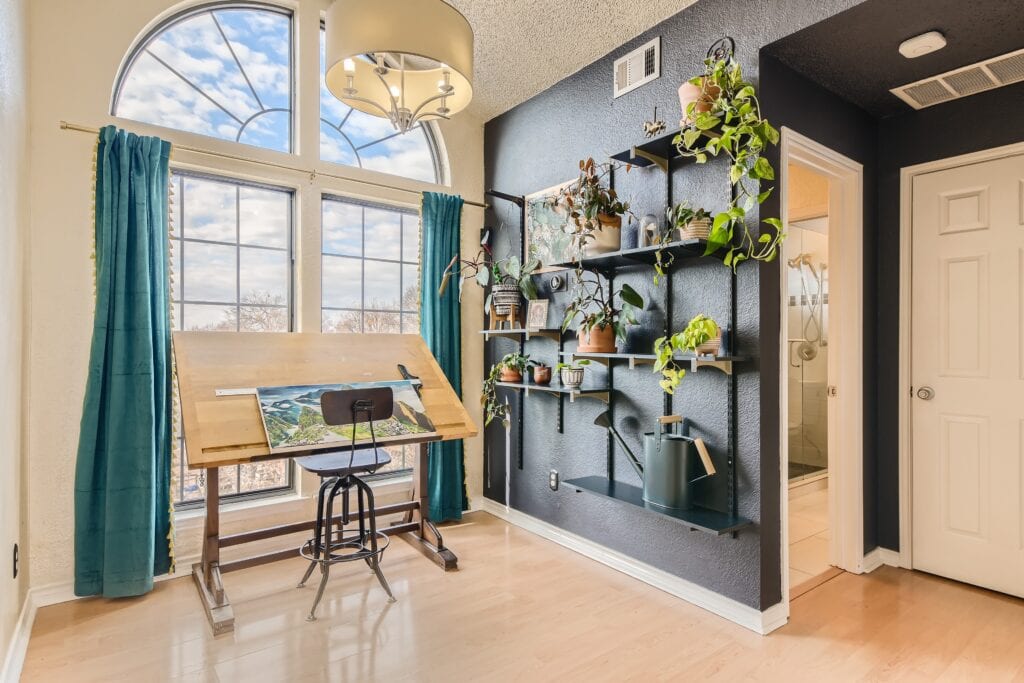Detailed property floor plans are essential for bringing your real estate marketing to the next level.
Traditional floor plans can do the trick, but newer options, such as 3D and interactive floor plans, can further enhance the buyer’s experience and increase sales.
With the engaging, visual aspects of property floor plans, potential buyers can easily envision themselves in their new homes. And as research has shown, that’s a key part of the modern home buying process.
What are floor plans for real estate?
Floor plans for real estate are scale diagrams of a property’s layout. With more clients searching for homes online in recent years, agents need to use floor plans to give buyers a complete picture of a home.
Types of floor plans for real estate
The two main types of real estate floor plans are 2D and 3D.
If you want to showcase the property layout in one picture, use a 2D floor plan. If you would rather give your clients a more realistic visual, use a 3D floor plan complete with professional photos of the interior components.
Interactive floor plans allow the client to virtually navigate the property, clicking on certain areas to get a closer view.
Why use floor plans for real estate marketing
There are numerous options for successful real estate marketing, but floor plans should be at the top of your list. You will leave potential buyers wanting more or potentially skipping over your listing if you don’t give them a complete picture of the home.
Floor plans make it possible for people to feel connected to a space before ever setting foot in it.
Built-in visual content
When you include floor plans, your website automatically becomes more visually pleasing. Stand-alone 2D images will help clients to envision the layout of the space. Realistic 3D photos will put focus on interior details and decor. Incorporating these floor plans on your social media accounts shows that you are active and ready to meet their needs.
Targeted audience
Time is money, and you don’t want to waste it on clients who do not intend to buy.
By including floor plans in your listings, people can better understand the property and whether or not an aspect is a dealbreaker for them. Your audience becomes more targeted, interested, and informed as those reaching out are likely serious leads.
Client preferences
You can use floor plans to narrow down homes with clients.
A client may see something in a floor plan, such as a bathroom not being on a certain floor or one bedroom being too small compared to the other bedrooms, and decide it is a dealbreaker.
Instead of showing them properties in person, you can focus on finding more homes that will meet their needs now that you understand their preferences.
Specific dimensions
Clients might need specific dimensions to decide if a home suits their needs. Is it big enough for their furniture? Is it bigger than their current home? They won’t know for sure just by taking an in-person tour. Including dimensions is an advantage of 2D floor plans for real estate.
Showcase potential
Sometimes a property might be difficult to sell due to wear and tear or damage. You can help prospective buyers see the property’s potential with floor plans. They can envision what they’d do with the space without being distracted by its current state.
A floor plan could help them keep an open mind when seeing the property in person after seeing its potential.
Anytime, anywhere
A big draw for 3D floor plans for real estate is that people can view them on your website from any location. You can reach a broader audience and attract potential buyers living in other states who may otherwise not have seen the property.
Real estate photography and floor plans with Virtuance
Adding floor plans to your listings will enhance your marketing, generate more leads, and help you close more deals. With Virtuance’s professional real estate photography services, your website, social media channels, and overall brand will have a polished look. Apart from floor plans and real estate pictures, we offer drone imagery, virtual staging, and more.








